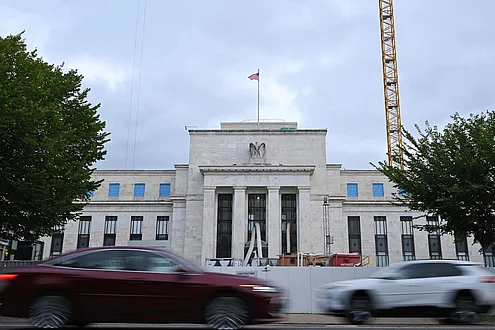Introduction to Interest Rate Decision
The US Federal Reserve held its benchmark interest rate on Wednesday, despite President Donald Trump’s pressure to reduce the loan costs. At the end of the two-day meeting of the Federal Open Market Committee, the US Central Bank announced that it had decided to maintain the Federal Funds rate to 4.25 percent to 4.5 percent.
Decision and Reactions
The decision showed two of the governors of the US Central Bank, both appointments by President Donald Trump, who agrees that monetary policy is too tight. Analysts emphasize that Trump’s proposal to reduce rates to one percent does not align with the economic realities. While the US economy expanded in the second quarter with a higher than expected pace of 3 percent, the FED announced that it remains cautious before the inflation pressure, which still remains above the target of 2 percent.
Economic Conditions and Future Outlook
"The unemployment rate remains low and the labor market conditions remain. Inflation remains a bit increased," said the central bank in a political explanation after the Federal Open Market Committee was 9: 2 to keep its benchmark interest rate overnight overnight of 4.25% -4.50% for the fifth range in a row. The political declaration stated that the economic growth "was moderated in the first half of the year" and possibly reduced the case to a future session if this trend continued. However, it also says that "uncertainty about the economic prospects with risks for the inflation and the Fed’s employment goals remains increased.
Implications and Debate
The meeting of this week is for the first time in more than 30 years that two members of the Fed Governor Council based in Washington voted against the consensus-controlled central bank against an interest decision, and a debate about the discussion of Trump’s public pressure to cut interest rates will probably defeat an institution that should determine the Monetary Policy regardless of the requirements of elected civil servants.

